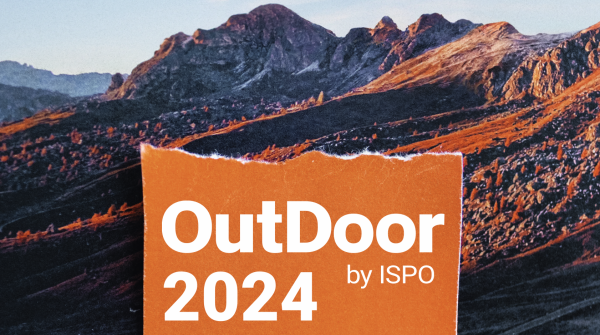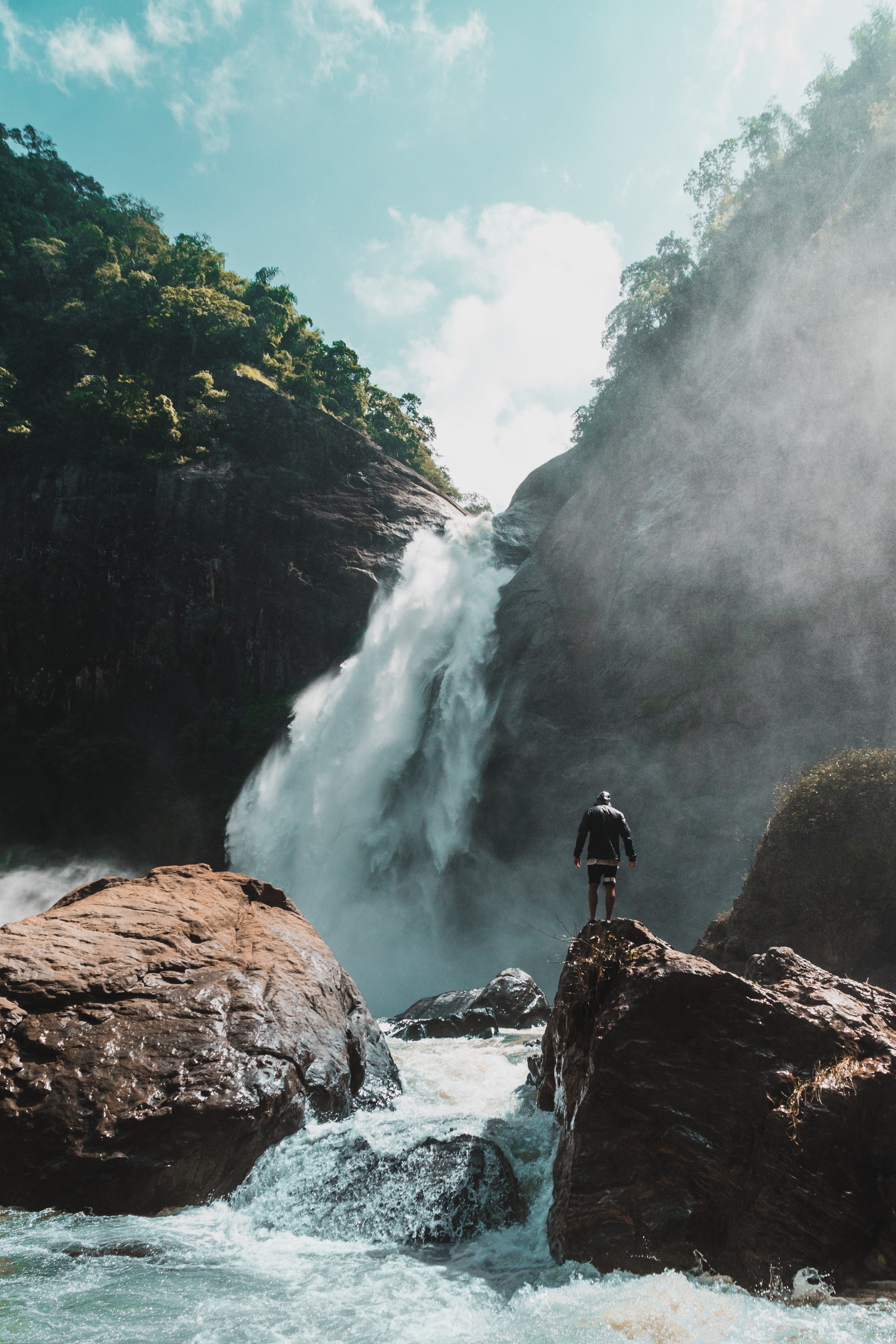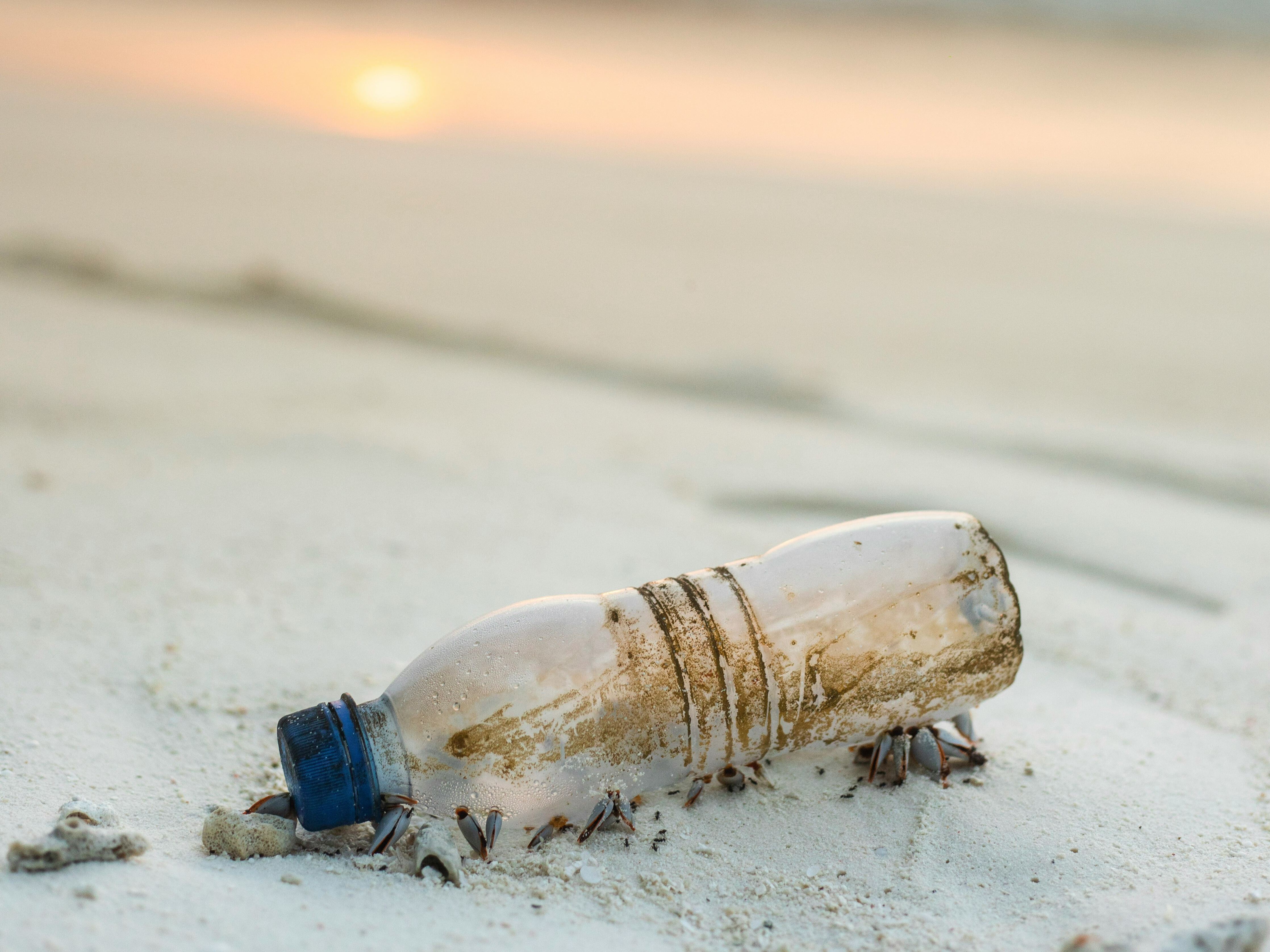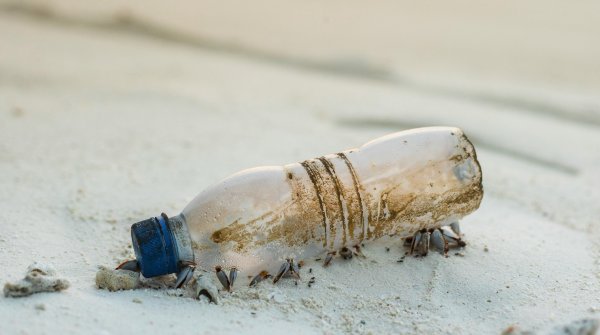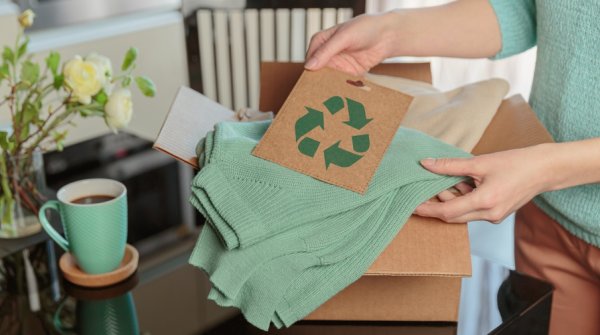
But don't worry: To reduce your own CO2footprint on your outdoor holiday, there are a number of ways to do so. These include buying longer-lasting, high-quality and timeless products, extending the life of your gadgets through repair and second-hand items. Perhaps renting through sharing platforms will suffice for infrequently used outdoor items. A climate-friendly and sustainable lifestyle does not necessarily have to go hand in hand with going without, even on outdoor holidays. We at myclimate and ISPO have done the math.
Did you know that functional clothing emits more than 50% of CO2emissions and environmental impact are influenced by how long you use it? So use your outdoor gear for as long as possible! Invest in quality! It is better to buy a sustainable, robust and timeless product that you will enjoy for many years than a cheap but not high quality item that you will have to replace at the end of the season. Many manufacturers and specialist shops also offer - in contrast to consumer electronics - inexpensive repairs, so that you do not have to buy a new product immediately if it is damaged.
Your CO2emissions are reduced enormously through the purchase of second-hand products. Many still usable and fully functional products, including outdoor equipment, end up in the trash. In Switzerland, for example, only just two percent of consumer goods purchased are second-hand. Yet the low cost of a sale, and thus the extension of the product's life, is often financially worthwhile for buyers and sellers. At the same time, it also saves large amounts of CO2 at the same time.
If you find out early or connect with like-minded people, there are often opportunities to share gear. Keyword sharing culture! Many products can be shared or borrowed instead of buying them especially for the outdoor holiday. Especially if you don't use them that often. Many sports shops offer rental services. Ask friends and acquaintances and find out about local sharing platforms. This will reduce your CO2footprint and is fun at the same time. Sharing is caring, isn't it?
What else can you do? We at myclimate will tell you in our climate booklet.
You can also find out here what can reduce CO2footprint of a product.
 SustainabilityWater management and outdoor brands
SustainabilityWater management and outdoor brands SustainabilityTrends in textile recycling: What comes after PET bottles?
SustainabilityTrends in textile recycling: What comes after PET bottles?

